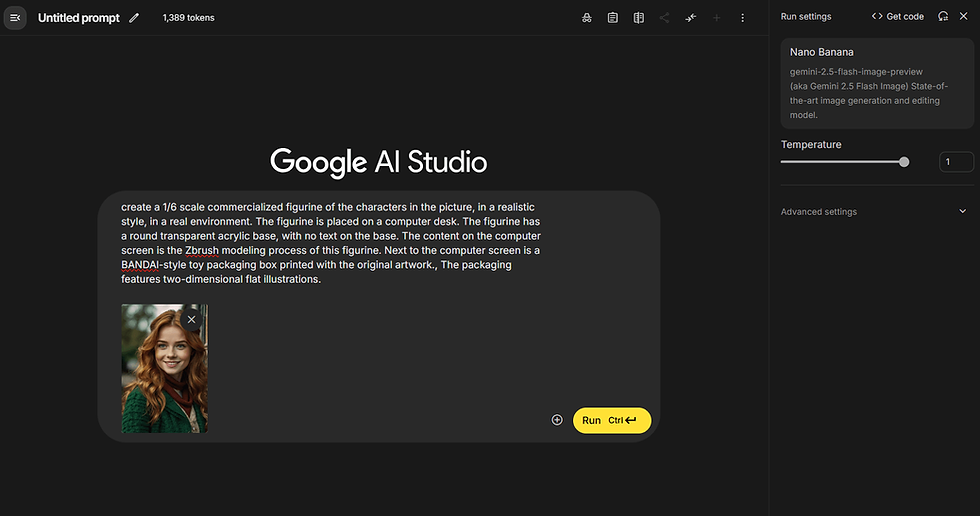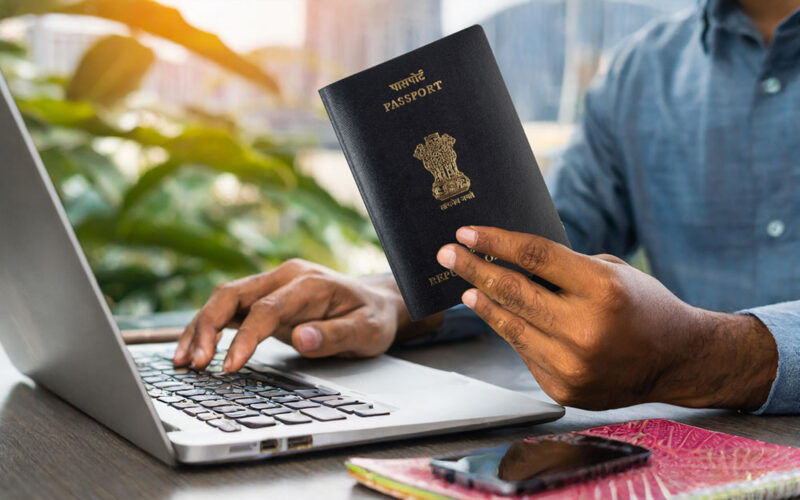Chronic Venous Insufficiency: Causes, Symptoms & Treatment
- Abhinand PS
.jpg/v1/fill/w_320,h_320/file.jpg)
- Jul 18
- 4 min read
Chronic Venous Insufficiency (CVI) – A Complete 2025 Guide
Chronic Venous Insufficiency (CVI) is a progressive medical condition that affects the blood flow in your legs. While it's often underdiagnosed, CVI can significantly impact quality of life if left untreated. If you’ve been experiencing leg swelling, visible varicose veins, or aching discomfort after long periods of sitting or standing, CVI could be the underlying cause.

This 2025 guide offers a deep, human-centered explanation of chronic venous insufficiency, written with the latest medical knowledge and SEO guidelines. From causes and symptoms to treatment options and prevention tips, we’re covering it all.
🔍 Quick Overview: CVI At a Glance
Aspect | Details |
🔬 Condition Name | Chronic Venous Insufficiency (CVI) |
🦵 Primary Symptoms | Leg swelling, varicose veins, aching, skin discoloration |
🧬 Causes | Weak or damaged vein valves, genetics, prolonged standing/sitting |
🩺 Diagnosis | Duplex ultrasound, physical exam, venous pressure test |
💊 Treatment Options | Compression therapy, lifestyle changes, minimally invasive procedures |
🕒 Affects Age Group | Mostly adults over 40, but also younger sedentary individuals |
🏃♂️ Risk Factors | Obesity, pregnancy, family history, smoking, sedentary lifestyle |
🩻 What is Chronic Venous Insufficiency?
Chronic Venous Insufficiency is a circulatory condition where the veins in your legs cannot efficiently return blood to your heart. Instead, blood pools in the lower limbs due to damaged or weakened vein valves. Over time, this causes pressure buildup, inflammation, and visible symptoms like varicose veins, leg ulcers, and skin changes.
Unlike occasional swelling or tiredness, CVI is persistent and worsens without treatment.
🚩 Signs and Symptoms of CVI
Recognizing CVI early can help prevent complications. Common symptoms include:
Swelling in the lower legs and ankles, especially after standing
Aching, cramping, or heaviness in the legs
Itchy or tight skin that may become leathery
Varicose or spider veins
Skin discoloration (often brownish or bluish near the ankles)
Slow-healing wounds or venous ulcers
These symptoms may intensify during hot weather or after long periods of sitting or standing still.
🔎 What Causes Chronic Venous Insufficiency?
Several factors can weaken vein valves or reduce venous return efficiency:
1. Genetic Predisposition
If CVI runs in your family, your risk increases significantly.
2. Prolonged Standing or Sitting
Occupations like teaching, retail, or desk jobs contribute to valve stress over time.
3. Pregnancy
Increased blood volume and pressure on pelvic veins can trigger temporary or chronic CVI.
4. Obesity
Excess weight puts more pressure on leg veins, impairing circulation.
5. Blood Clots (DVT)
Past deep vein thrombosis can damage valves permanently.
🩺 Diagnosing CVI: What to Expect
CVI is typically diagnosed through:
Duplex Ultrasound – to visualize blood flow and valve function
Venous Doppler Exam – to assess vein pressure and direction of flow
Clinical Evaluation – a doctor checks visible signs, skin changes, and patient history
Early diagnosis is key to avoiding complications like venous ulcers or lipodermatosclerosis (hardening of skin and tissue).
💊 Treatment Options for Chronic Venous Insufficiency
Fortunately, CVI is manageable with the right approach. Here are the most effective, doctor-approved treatment options in 2025:
1. Compression Therapy
Wearing medical-grade compression stockings daily improves blood flow
Often the first-line, non-invasive approach
2. Lifestyle Modifications
Elevate legs when resting
Avoid sitting/standing too long – take breaks to walk or stretch
Exercise regularly – walking and leg lifts promote circulation
Maintain a healthy weight and quit smoking
3. Medication
Venoactive drugs like Diosmin or Pentoxifylline (as prescribed)
Anti-inflammatories for discomfort and swelling
4. Minimally Invasive Procedures
Sclerotherapy – injecting solution to close damaged veins
Endovenous Laser Ablation (EVLA) – laser treatment to seal veins
Radiofrequency Ablation (RFA) – uses heat to collapse varicose veins
Microphlebectomy – surgical removal of superficial varicose veins
These procedures are outpatient-based and typically offer fast recovery.
🔗 Internal and External Resources
How to Improve Leg Circulation Naturally
Compression Stockings: What You Should Know
🛡️ Can You Prevent CVI?
Yes — especially if you catch it early or are at risk. Here’s how:
Move frequently: avoid long periods of sitting or standing
Use footrests or leg pillows when sitting for long hours
Elevate your legs for 15–20 minutes, 2–3 times a day
Drink plenty of water to promote circulation
Wear compression socks during flights or long travel
CVI prevention is about circulation, weight management, and mobility.
❓FAQ – Chronic Venous Insufficiency (2025)
1. Is CVI life-threatening?
Not directly, but if untreated, it can lead to complications like venous ulcers, infections, or blood clots.
2. Can chronic venous insufficiency be cured?
There’s no “cure,” but symptoms can be managed or reversed through lifestyle changes, compression, or minimally invasive procedures.
3. How serious is CVI?
It varies. Mild cases cause discomfort and swelling. Advanced CVI can result in permanent skin changes and non-healing ulcers.
4. Does walking help venous insufficiency?
Absolutely. Walking is one of the best exercises for leg circulation and valve health.
5. What foods improve vein health?
Eat foods rich in bioflavonoids, Vitamin C, and antioxidants like berries, citrus fruits, leafy greens, and nuts.
🩻 Final Thoughts
Chronic Venous Insufficiency might sound complex, but it's manageable with awareness, early detection, and consistent care. Whether you're starting to notice symptoms or want to prevent long-term issues, prioritizing leg health, movement, and professional consultation can make a world of difference.
Stay proactive, and don’t ignore the signs your body gives you. For personalized health guides like this, visit abhinandps.com — your trusted hub for practical, wellness-focused content that’s made for real lives.



Comments